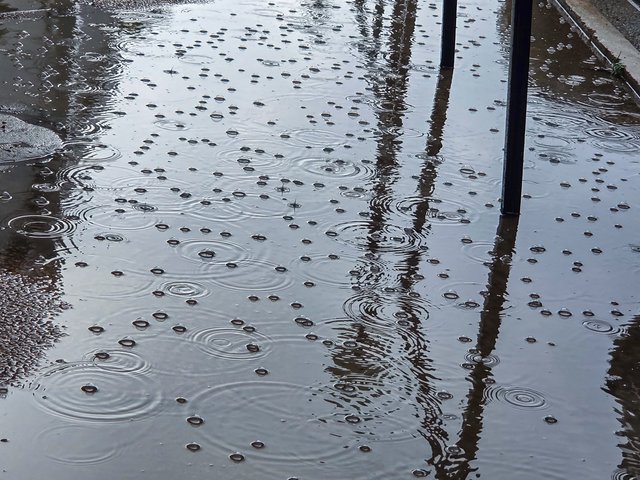The Danger of the First Rain in the Middle East
Everyone who has driven in Israel in the fall knows one simple rule: the first rain is the most dangerous time on the roads. In the summer rain here is rare, it can go months without a drop falling from the sky. During that time everything you can imagine accumulates on the asphalt: sand, dust, bits of trash, drops of oil, gasoline andf other fluids leaking from cars. As long as it’s dry it’s almost unnoticeable. But as soon as the first rain falls, all of it turns into a nasty slippery sludge. The asphalt becomes like an ice rink , and tires start slipping even in places where they usually grip the road without any problem.
The problem is also that drivers get used to summer conditions. For several months you drive on dry asphalt, brake at the last moment, squeeze into traffic, accelerate from a standstill—and it all seems fine. Then suddenly the first downpour comes. The road is slippery, the braking distance increases, but many keep driving as if everything were the same. As a result, accidents happen. Even experienced drivers sometimes fall into this trap, simply because they forget to adjust their driving behavior.
Add to this the climate of Israel itself. Rain here doesn’t begin with a light drizzle like in Europe. Here, it can be scorching hot for a week, and then suddenly a real downpour lashes down. And it pours in such a way that within minutes the entire road is under water. The drainage system doesn’t always cope, and huge puddles appear. Cars start hydroplaning—that’s when the tires ride on top of the water and hardly touch the asphalt at all. At that moment, handling drops close to zero.
It’s no coincidence that the police and insurance companies remind people of this every year. Statistics show that with the first rains, the number of accidents rises sharply. And these aren’t just minor fender-benders—serious crashes happen literally in the first days of the autumn downpours. People don’t slow down, don’t increase their following distance, think they’ll “make it through.” And then it’s too late to change anything.
What can be done about this? The advice is actually simple, but many ignore it. First—reduce your speed. If you normally drive at 110 on the highway, in the rain it’s perfectly fine to go 80–90. Second—keep your distance. Even if you think your brakes are excellent, remember: the road is wet, and on top of that there may be oil or dirt under your wheels. Third—be more cautious with puddles. If you see a big puddle, don’t accelerate and keep the steering wheel straight so you don’t get thrown off to the side.
In short, the first rain is the moment when you need to switch on your brain and ease off the pace. Israeli roads are not the calmest even under normal conditions, and here nature adds its own factors. It’s better to wait out the first couple of days, or at least drive carefully. It really can save your nerves, money, and possibly your health.


